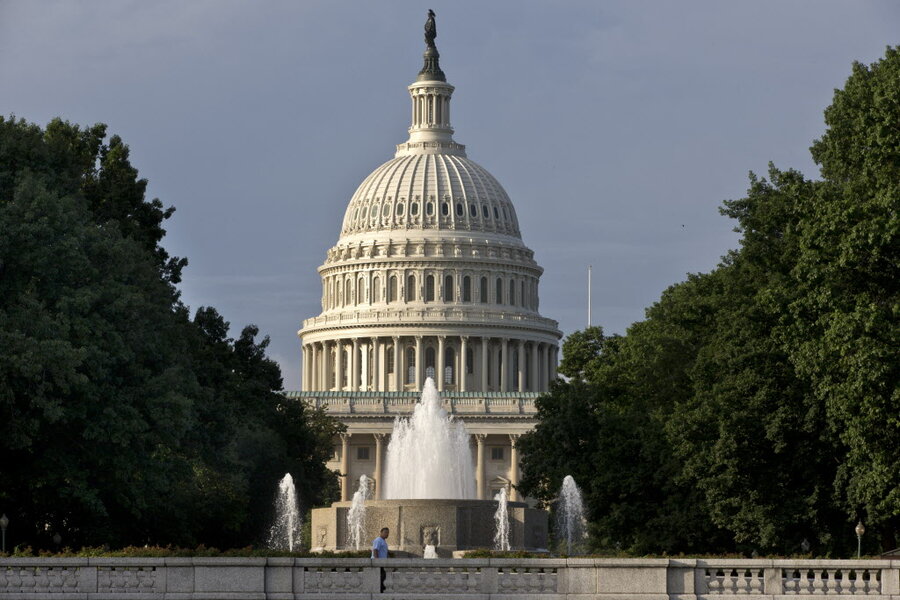The perils of tax incentives for economic development
Loading...
With the economy still digging out of the Great Recession, states are aggressively competing to land new factories, investment, and hopefully new income. One tool states use in this competition: tax incentives.
These targeted tax breaks subsidize companies for starting new ventures, expanding existing operations, or relocating. In a recent brief in the State and Local Finance Initiative’s economic development series, I highlighted some of the more common tax incentives.
The rules for these credits range from the general, where every business in a specified sector qualifies, to explicit quid pro quo job and investment credits. For example, businesses may get a tax break if they agree to hire new workers. These can range from $500 per job in Delaware to up to $5,000 in Mississippi. Other states base credits on a percentage of wages. For example, New Mexico allows a 10 percent wage credit up to $12,000 per job, targeting high wage job creation.
Because the competition is fierce, businesses typically get better deals than states. Businesses need far more than tax breaks before they invest or open in a new location: skilled labor, access to markets, good roads, and lower costs. But they’ll take the tax break too, even if it is a small share of their costs. And states are all too happy to comply. All companies have to do is announce they are looking to relocate. Then, they sit back and wait for states to compete over tax incentive packages.
So, given the size of recent deals, are states giving up too much? After all, states still need the revenue to educate and train their workforce, maintain and improve their infrastructure, and protect their residents. And when a state gives a big tax cut to business it must either make up the revenue by raising other taxes or cutting services—both of which can offset economic development gains from the new business.
And if every state is offering subsidies, one wonders whether they are engaged in a form of economic mutually-assured destruction, where the subsidies are pure windfalls to firms that have little effect on their decisions to move.
The recent headquarters relocation announced by GE is a cautionary tale. In a very public way, GE expressed its discontent with Connecticut’s tax policy in 2015 and announced it was leaving the state. This kicked off a bidding war that Connecticut lost: In 2016 GE announced it was decamping to neighboring Boston, Massachusetts. With its largest incentive package ever, Massachusetts offered $120 million for land acquisition and infrastructure and the City of Boston offered $25 million in property tax subsidies. All for about 800 employees.
States must be careful not to go overboard on tax incentives at the expense of investments in workforce and infrastructure. Careful monitoring, tax expenditure budgets, and more transparency in big-ticket tax incentives, particularly discretionary ones, can genuinely inform policy makers to make decisions consistent with the state’s economic development strategy.
This article first appeared at TaxVox.





